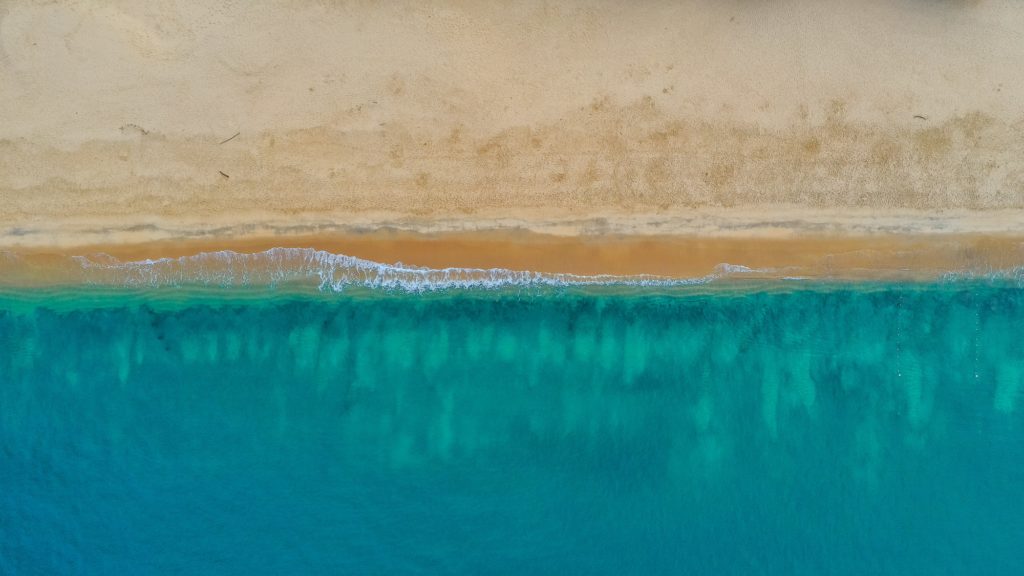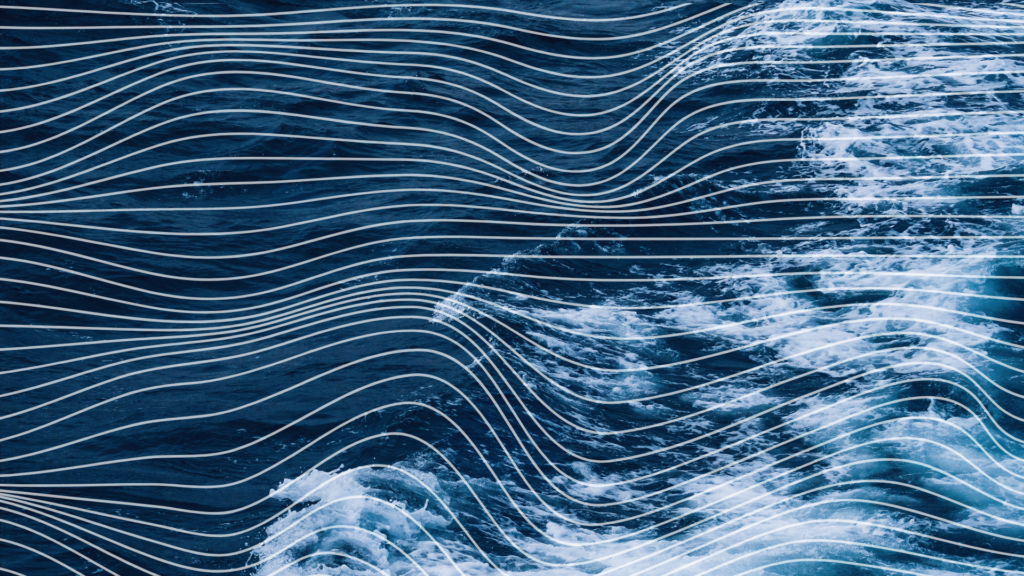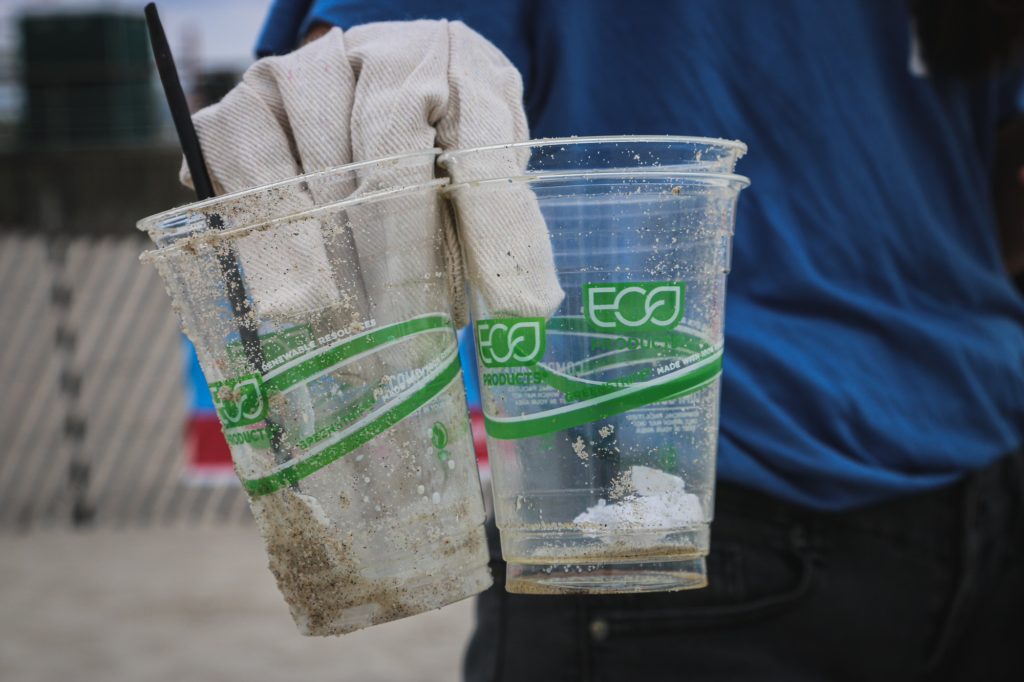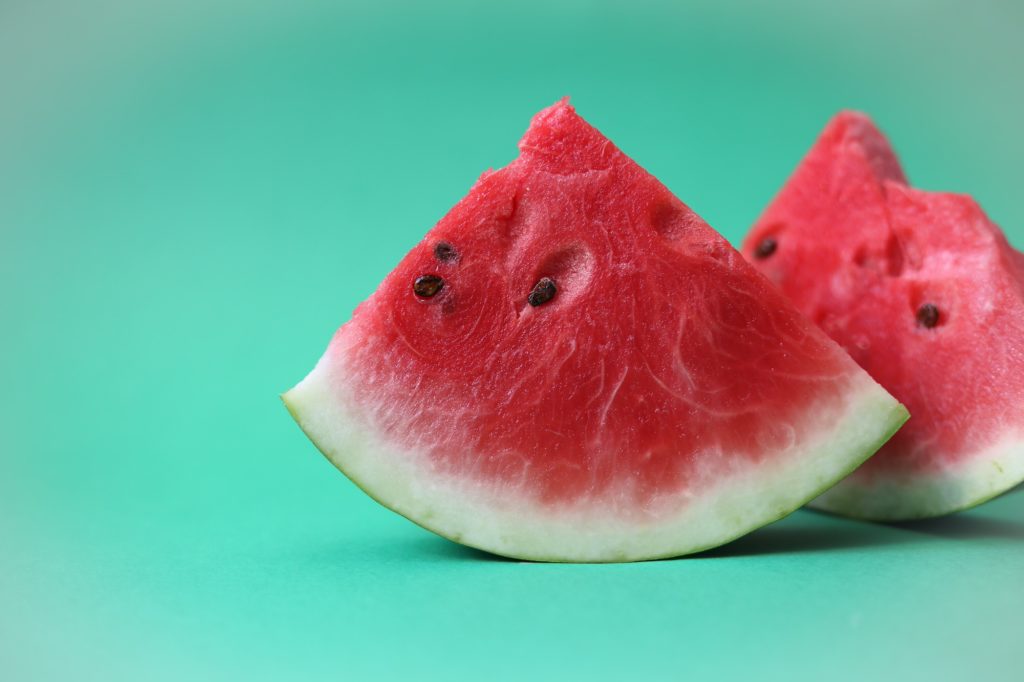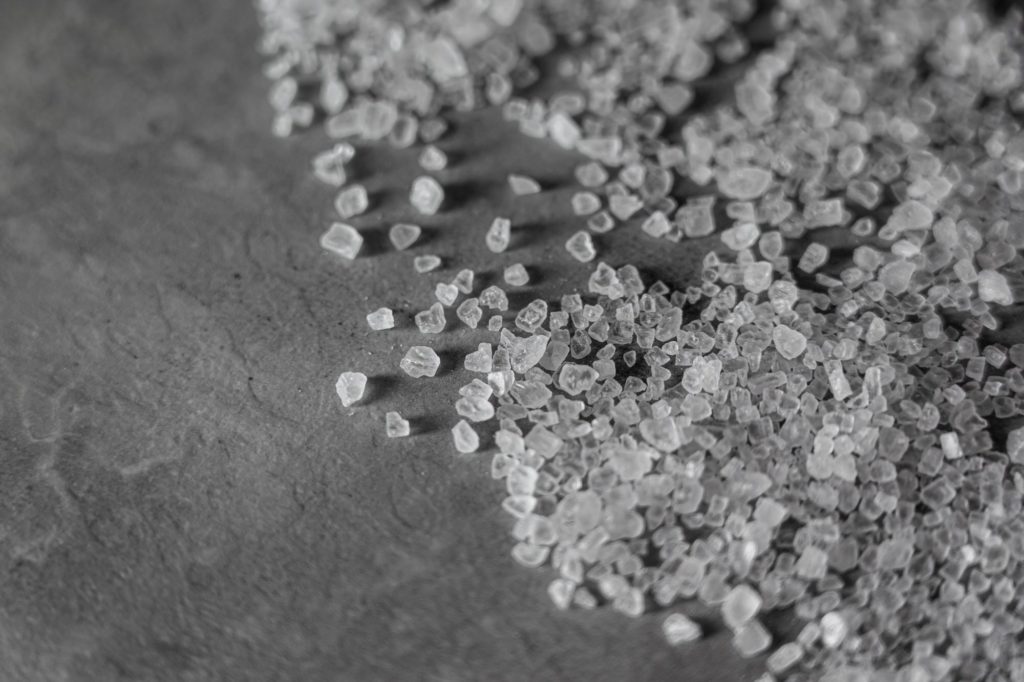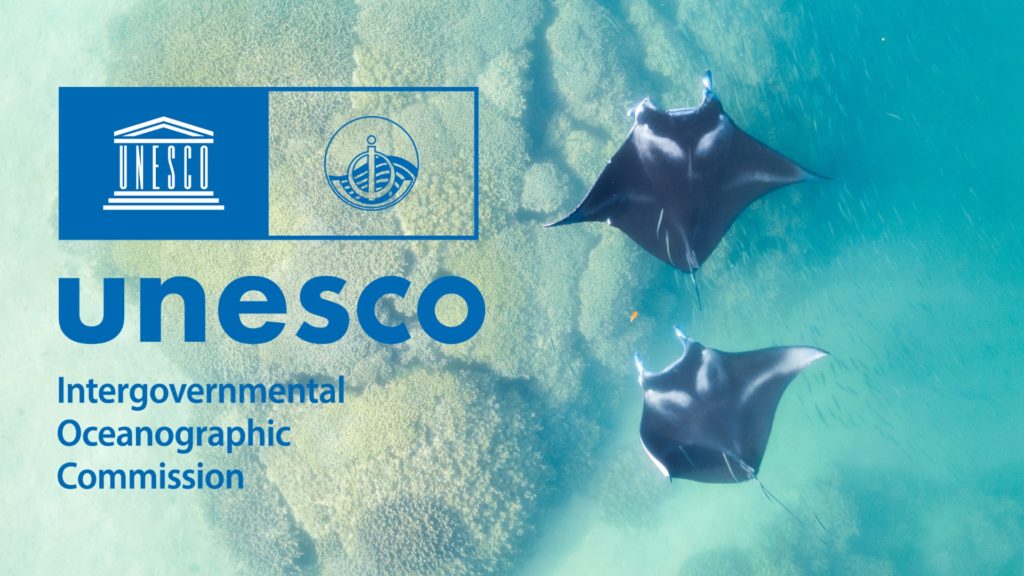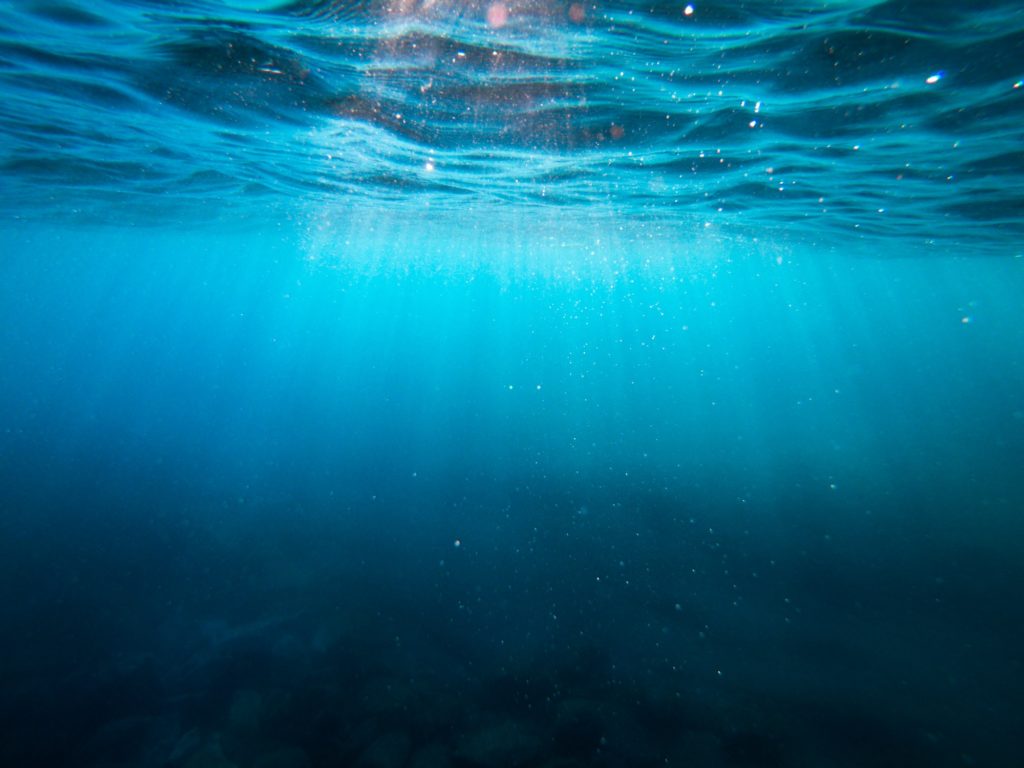
In the 1960s, American ecologist Robert T. Paine first introduced the concept of “keystone species.”
In fact, there are some organisms (animals, plants, or fungi) that help maintain an ecosystem in balance. Without them, the ecosystem would be completely different or would cease to exist altogether, as the survival of these species is essential for the existence of others.
Keystone species have low functional redundancy: if the species were to disappear, no other would be able to take its place in the ecological niche it occupied.
How did the concept of keystone species come about?
Paine conducted an experiment, not to be replicated at home. In a coastal area along the Pacific Northwest coast of the United States, the ecologist eliminated over a period of twenty-five years, the top predator of that ecosystem: the starfish Pisaster ochraceus, better known as the purple starfish.

Within months of the starfish disappearing, mussels took over the area. The increased number of mussels led to a decline in the number of other organisms, including benthic algae that supported communities of sea snails, limpets, and bivalves.
Overall, the area’s biodiversity had plummeted, with the number of species dropping from fifteen to eight.
In a 1966 paper, Paine explained what had happened and identified the purple starfish as a “keystone species,” which, by its presence or absence, influenced lower levels of the food chain, preventing certain species from monopolizing resources, including space and food.
There is more than just the starfish
Keystone species were originally defined as consumers that significantly alter the composition and physical appearance of an ecological community. However, many studies have shown that not only predators can be classified as keystone species, but also ecosystem engineers, such as beavers, corals and even mangroves or mutualistic species such as bees and flowers. Let’s look at some of them together.

In the sea there are not only corals, but also other ecosystems that are fundamental to maintaining the health of the sea. An example are the Kelp forests. Kelps are brown algae that can reach up to 50 meters in height. Among the fronds of the Kelp forests of the North American west coast live the sea otters (Enhydra lutris). Sea otters are a keystone species, as they protect the Kelp forests from damage by the sea urchins they feed on. When the hunting of otters on the North American west coast for the commercial use of their fur began, the number of individuals dropped to such low levels that they could no longer contain the population of sea urchins. In fact, the sea urchins, in turn, grazed the algal meadows so heavily that they quickly disappeared, along with all the species that depended on them.

Among plants, important keystone species are mangroves that protect shorelines from coastal erosion, capture and store large amounts of carbon, and provide safe habitats for small fish and other organisms.
Among animals, in addition to otters and starfish, we find corals. These small animals grow as a colony of thousands and even millions of individual polyps. The rocky exoskeletons of these polyps create enormous structures, coral reefs.
Coral reefs support more species per unit area than any other marine environment, including about 4,000 species of fish, 800 species of hard corals, and hundreds of other species.

Coral reefs support more species per unit area than any other marine environment, including approximately 4,000 species of fish, 800 species of hard coral, and hundreds of other species.

And finally, sharks. As top predators, sharks play an important role in ocean ecosystems. As predators, they keep their prey populations healthy by catching slower, weaker fish.
Along the Atlantic coast of the United States, a decline in shark numbers has been observed, with a consequent increase in the population of the cownose ray Rhinoptera bonasus. This ray feeds on bivalves, clams, and scallops. The increase in its population has also had an impact on the economic activities of the bay. Scallops were in fact the pride of fishermen, but the stingrays were also fond of them.

Difference between “umbrella species” and “keystone species”
An “umbrella species” is a species whose active conservation indirectly involves the conservation of many other species present in its range. Most umbrella species are migratory species, so they move even for thousands of kilometers during their life, having no direct impact on food webs, as keystone species do. Examples of umbrella species are: grizzly bear, tiger, wolf and giant panda.
Sea turtles are an umbrella species of marine ecosystems, as they play important roles in coastal and marine habitats contributing to the health and maintenance of coral reefs, seagrass beds, estuaries and sandy beaches.

The importance of conservation actions
Raising awareness about the importance of ecosystem restoration and vulnerable or endangered keystone species is a great way to engage both institutions and organizations and individuals.
With the IOC-UNESCO Ocean Literacy program and the regional program of the Decade of the Sea we want to raise awareness of the beauty and richness of marine ecosystems and the challenges they are facing so that each of us can better respect and love the wonderful creatures that inhabit the ocean.
Remember that during boat trips or excursions along the coasts you can help scientists monitor and protect the environment by sending reports of animals or plants that you happen to encounter. Together for the Blue Planet!
